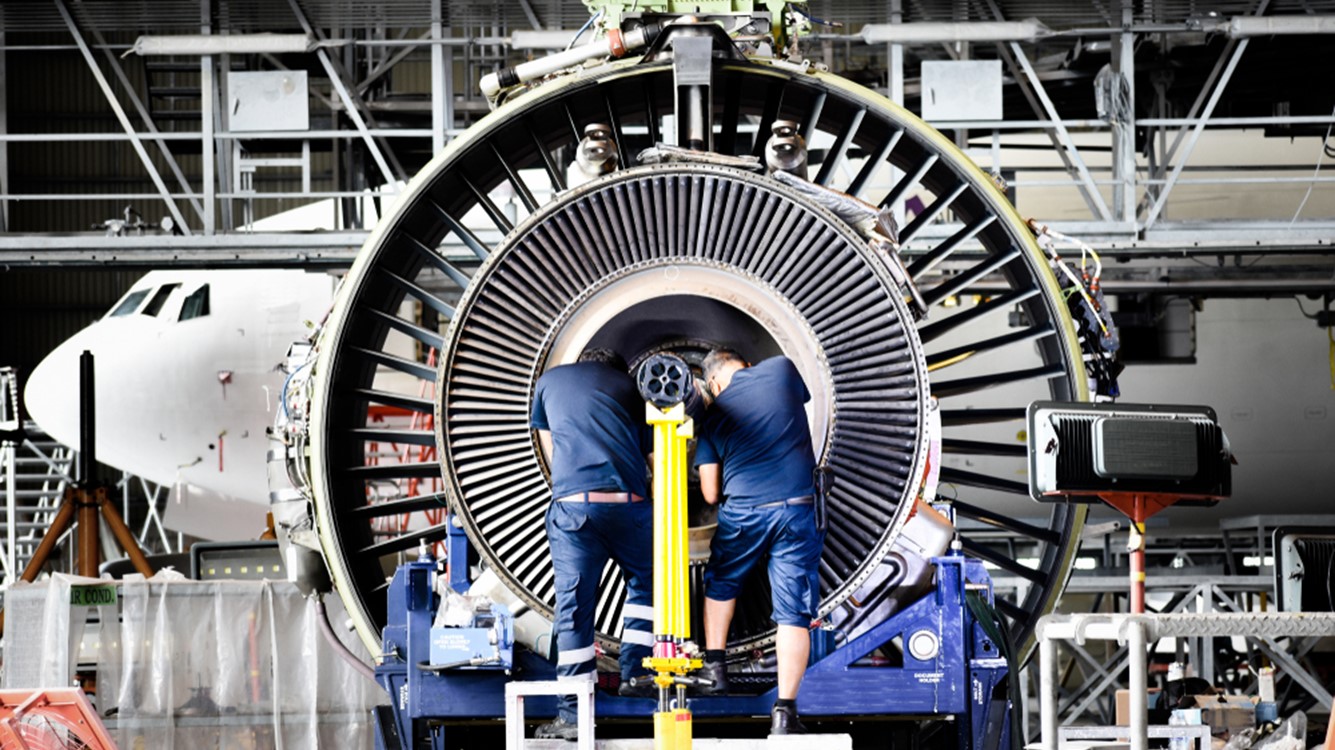Durable goods orders disappoint
Two industries that continued to buck the trend included computers and electrical equipment.

February 27, 2024
January durable goods orders plunged 6.1%, exceeding the median consensus estimate of down 5%. A sharp drop in aircraft orders was the primary factor in the decline in orders. However, orders associated with generative AI and manufacturing plant construction continued to show strength.
Transportation orders fell 16.2% in January, the largest decline since the COVID recession when these orders declined 46%. Nondefense aircraft orders fell 59% as Boeing recorded orders of only three aircraft in January versus 371 plane orders in December. That was the lowest number of Boeing orders since October 2020.
Orders for motor vehicles and parts fell 0.4% as automakers grapple with excess inventories. New vehicle inventory is reported to be running at 80 days. That is considerably higher than the 60-day norm before COVID. Vehicle affordability is an issue ranging from high vehicle prices, high financing rates and rising insurance costs. For some automakers, the electric vehicle (EV) transition is not happening as fast as forecast. There was a scaling back of EV production at the start of the year. The scaling back of motor vehicle orders has filtered through to other sectors of the manufacturing industry. Primary metals orders fell 1.7%, fabricated metals orders declined 0.9% and machinery orders were flat.
Excluding the impact of transportation orders, durable goods orders were still soft, declining by 0.3%. That was below the consensus estimate of 0.2%.
Two industries that continued to outperform other sectors included computers and electronic products and electrical equipment. Orders for computers and electronic products jumped 1.8%, the largest increase in nearly a year. Generative AI demand continues to propel this sector forward. On an annualized basis, these orders rose 5.4% in January, far outpacing the growth in other industries. Orders for electrical equipment rose 0.9% in January; they were lifted by ongoing manufacturing plant construction arising from the CHIPs Act. The dollar value of electrical equipment orders is near an all-time high.
Nondefense capital goods shipments excluding aircraft, which serve as a proxy for nonresidential investment spending in the current quarter, rose a solid 0.8% in January. That aligns with our forecast for 2.5% growth in business investment for the first quarter and GDP growth of 2.5% on a seasonally adjusted, annualized basis.
Core orders, which represent capital goods orders excluding defense and aircraft and are a proxy for future business spending, rose 0.1%, a weak outcome. The trend is now softer when downward revisions in the fourth quarter are considered. December was revised lower to down 0.6% from the originally reported increase of up 0.2%; October was revised lower as well.
The vehicle sector is saddled with excess inventories as affordability prevents some consumers from purchasing new vehicles.
Ken Kim, KPMG Senior Economist
Bottom Line
The January durable goods orders data are consistent with our forecast for a modest rise in business spending in the first quarter. However, the weak outcome for core orders suggests an inventory correction is in store for the motor vehicle sector. The vehicle sector is saddled with excess inventories as low affordability prevents some consumers from purchasing new vehicles. While recent purchasing managers' indexes point to further growth in overall business orders, the motor vehicle industry could be shifting into lower gear in the coming months.
Explore more

December durable goods miss expectations
Core orders suggest continuing momentum in capital spending into early 2024.

KPMG Economics
A source for unbiased economic intelligence to help improve strategic decision-making.

Navigating an election-year maze...Policy uncertainty and the economic outlook
The economy remains defiantly strong.
Meet our team

Subscribe to insights from KPMG Economics
KPMG Economics distributes a wide selection of insight and analysis to help businesses make informed decisions.
